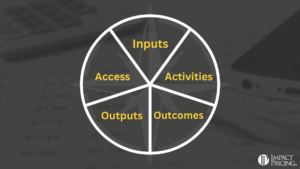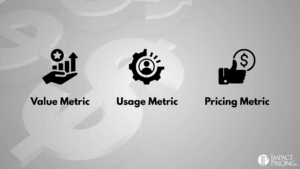“Price” is often the default answer salespeople give when asked why they lost a deal. For a moment, let’s assume this is true. It’s still only half the story. For example, if you paired your product with enough gold bullion, the value would increase to the point where – eventually – the customer would agree to pay your price.
If you lose on price, what it really means is that you don’t deliver enough value for the price to make sense to the customer. Both sides – price and value – matter.
To minimise the amount of deals you lose, there are two things you can do: lower your prices (less ideal), or increase the value you deliver (most ideal). We know lowering your price is almost always a terrible idea, so – how can we increase value?
Firstly, create more value by improving your product. Try adding more capabilities, features, or services. But be careful to ensure that any additions you introduce are valued by your customers, else you won’t make a dent in their buying decision. Before making changes, get feedback from your market so you’re sure your additions are actually valuable to them.
Second, communicate your value more clearly. You can have the greatest product in the world, but if your messaging doesn’t communicate that to your market, they won’t pay for it. Marketing and sales are responsible for communicating value: marketing communicates to the market (shepherds customers towards the brand), and sales customizes the message for individual buyers (brings the customers ‘in’ to the fold).
If you do these two things – creating, and communicating value – well, you will win customers at higher prices. That’s the goal.
I was sitting next to a CFO on a plane, and she mentioned to me, “We almost never lose a sale once we can communicate our value.” Firstly, I LOVE this attitude. Prioritise communicating value! Secondly, they should raise their prices; if you’re never losing deals on price, then you likely aren’t charging enough.
Time for a bit of math. If you never lose a deal, and you raise your price by 10%, you could afford to lose 1 out of 10 deals, and make the same revenue (you likely even make more profit if there are any variable costs involved). But let’s be realistic. If you neve lose any deals, you likely won’t lose any simply by charging 10% more. So, what if you raised your prices by 25%, and now you start losing 10% of your deals? This is great news, because you’re making 15% more revenue.
As a general rule, if you aren’t losing 10% of your deals based on price (that you know of), you should raise your prices. Now of course, there’s an emotional cost to losing deals, but we simply need to accept it. In business, we want to make money – and never losing a deal is a clear indication you’re leaving money on the table.
To wrap up, let’s summarize what we’ve learned: we know we have to raise prices in order to see our conversion rate stay below 90% (ideally). This way, we stop leaving money on the table. Next, we need to increase the value we deliver to stop losing deals unnecessarily. My recommendation? Do both, all the time. Prioritize value and pricing to the best of your ability.















